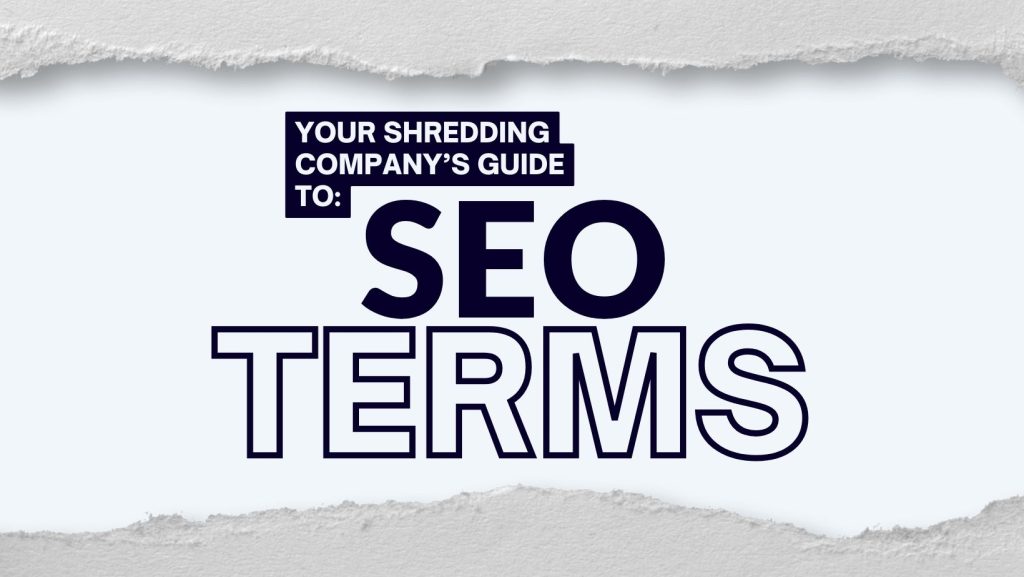What are the new strategies for page titles and descriptions in 2015? Is this a question you are asking yourself, your web master, or friends in the industry? This article will help, and guide you to success with meaningful titles and descriptions.
Let me start by explaining what page titles and meta descriptions are.
Page Titles are a piece of information that you give to each and every web page on your site. It is the text that shows up in bold in the search engine results page. This is the first piece of information that a user will read when they do a search in Google, Bing, Yahoo etc. It is part of the deciding factor for your users whether or not they are going to click that link and go to the website associated with it.
Your page title also displays in the tab at the top of your internet browser. This helps the user distinguish what page and website they are on. It also helps a user who uses multiple tabs in their browser to navigate from site to site.
Meta Descriptions are a mini description of what is to be expected on the corresponding web page. Your meta description will appear below the page title in the search results page. Your meta description is meant to convince the user that “this” page is exactly what they are looking for.
Page titles used to be full of keywords and not make much sense to a human user but this is no longer the case. As search engines such as Google, changes and evolves their algorithm, we need to adapt and change our ways as well. Google is now putting a large emphasis on user engagement and human readable content. This means our page titles need to be geared more toward our users and NOT Google.
Your page title should still contain important keyword(s) at the beginning and a relevant phrase that is unique to the page content. It should flow naturally, unique to the page and not misleading. For example, if you have a page about I don’t know… how you should design for the web. Your page title could be something like: “Designing for the Web – A Beginners Guide – company name”. Your title now contains a highly searched phrase, answers a question and offers something, a guide for beginners. Now provided your content on the page is relevant, your users have easily found what they are looking for. They love the content (if it is well written) and they have shared it with their friends.
Your meta descriptions should be written in the same way. Meta descriptions do not have a “direct” impact on your ranking like they used to. They are now more a quick marketing tool. Your meta descriptions should be short, concise, and also relevant to the content. Of course they should still contain your keyword/keyword phrase. When your user reads your meta description they should immediately decide that this is the exact page they want to see.
Let’s use the previous example of a page about designing for the web. If your content on the page is truly giving your user a small free “tutorial” or tips on how to design for the web, then you may want a meta description somewhat like the following.
“Learn how to design for the web. Our free tutorial is designed to help beginners understand the web and teach you how to create flawless designs”.
There are many other things you can write but you get the idea.
For more information about page titles and other important factors for 2015 you can check out this article: http://www.hobo-web.co.uk/title-tags/.
There is also a great video by Matt Cutts about page titles and descriptions.


